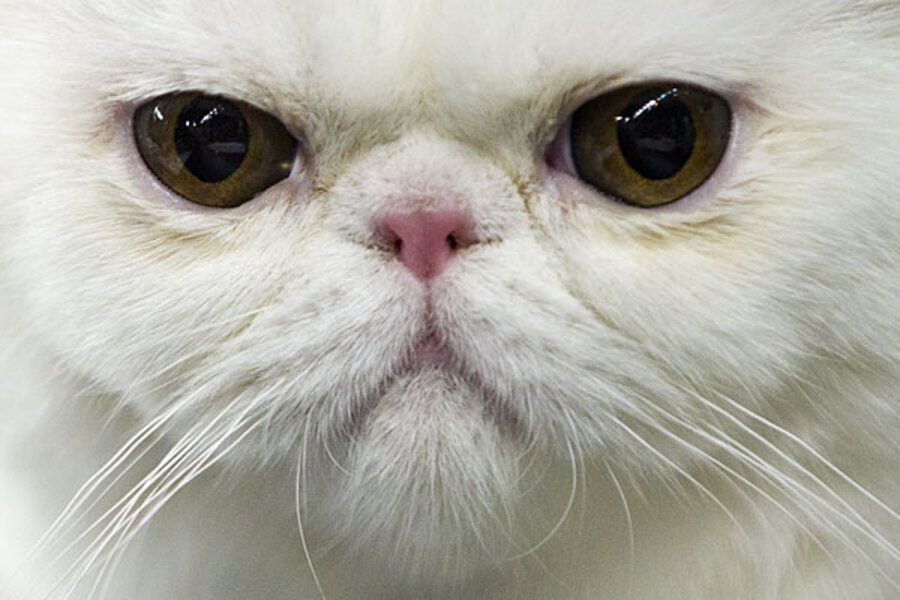Iran's next astronaut could be a cat, official says
Loading...
Iran's hunt for its next animal astronaut may turn to the distinctive and locally named Persian cat, an official said Monday, in another possible step by the country's ambitious aerospace program that has also raised Western concerns about spillover military applications.
The report by the official IRNA news agency comes seven months after Iran claimed it launched a monkey out of earth's atmosphere and successfully returned it home. The account, however, faced international questions after photos appeared to show different monkeys in pre- and post-launch images.
A senior space program official, Mohammad Ebrahimi, said at the time that state media mistakenly sent a photo of an alternate monkey that was not used in the February launch. He insisted just one monkey, Pishgam or Pioneer, was sent on the 20-minute flight to a height of 120 kilometers (72 miles) and returned safely.
In 2010, Iranian officials said it sent a mouse, a turtle and some worms on a space flight — part of the country's goals of sending a human into space by 2018 and becoming a leading tech center for the Islamic world.
Ebrahimi said Iran's next space capsule could carry the Persian cat, a long-haired, flat-faced breed named after Iran's former name of Persia. He said the launch will happen by the end of Iran's current year, which ends March 21. The report said a mouse and rabbit also are under consideration.
Ebrahimi said the next launch would be with a larger, liquid-fueled rocket. Past launches were done with solid-fueled boosters whose technology can be used in long-range missiles. He said it will be launched to a 120-kilometer (72-mile) level, too.
He did not elaborate on the rocket change, but it could be viewed as an attempt to ease international concerns at a time when Iran's new moderate-leaning president, Hasan Rouhani, is seeking to revive nuclear talks with world powers.
Iran says it wants to put its own satellites into orbit to monitor natural disasters in the earthquake-prone nation, improve telecommunications and expand military surveillance in the region.
Earlier this year, President Mahmoud Ahmadinejad said he wanted to be Iran's first astronaut.







